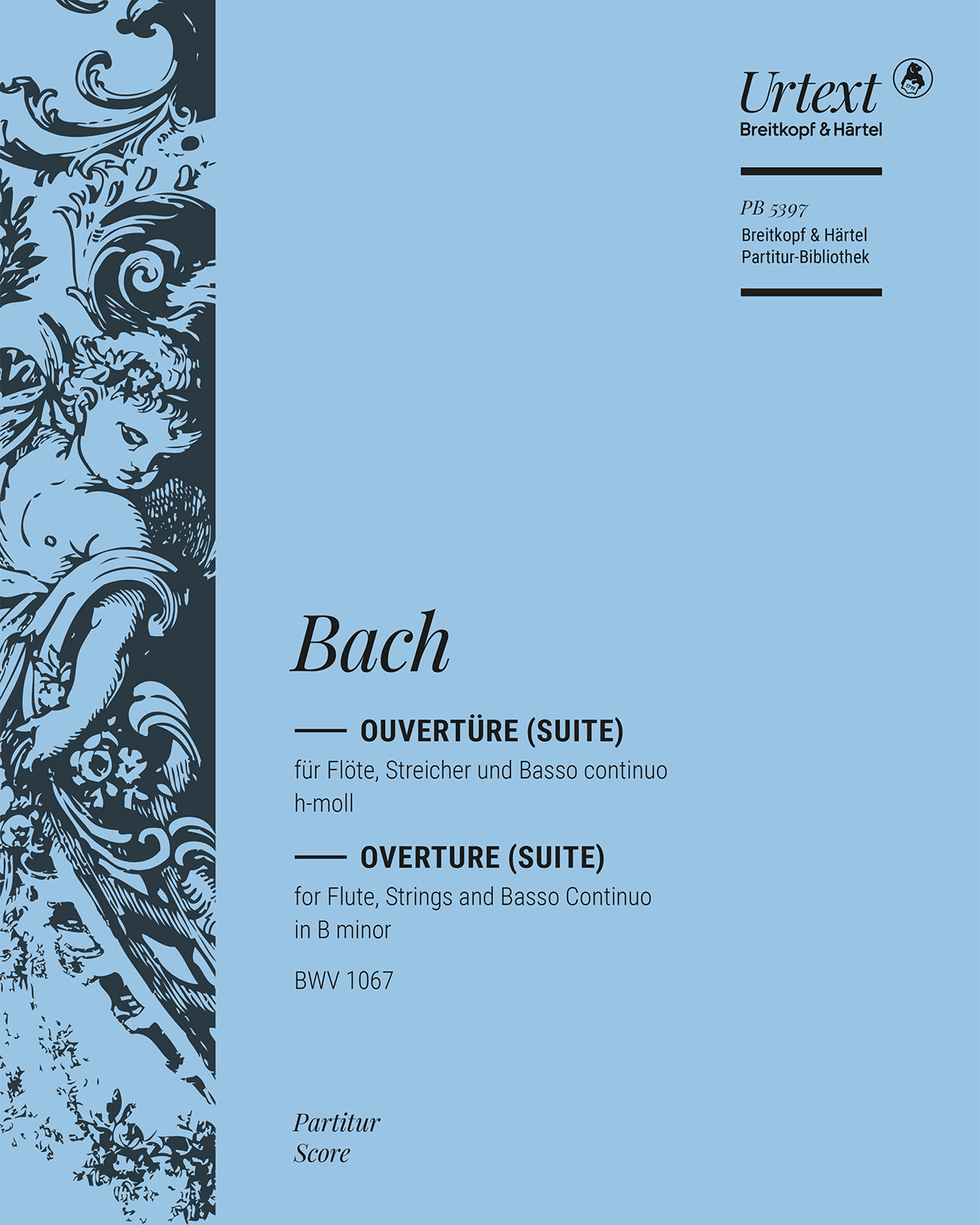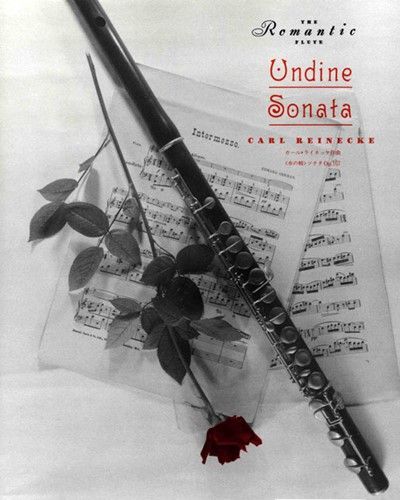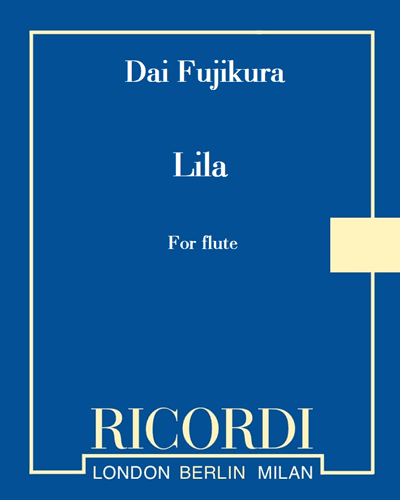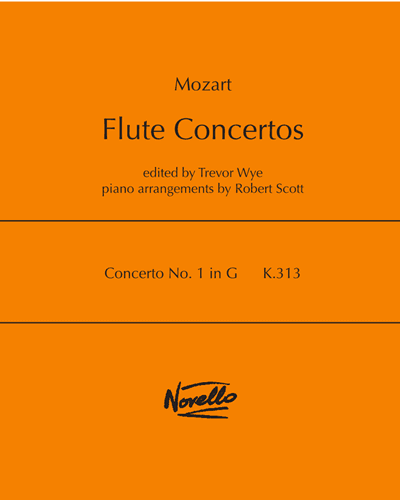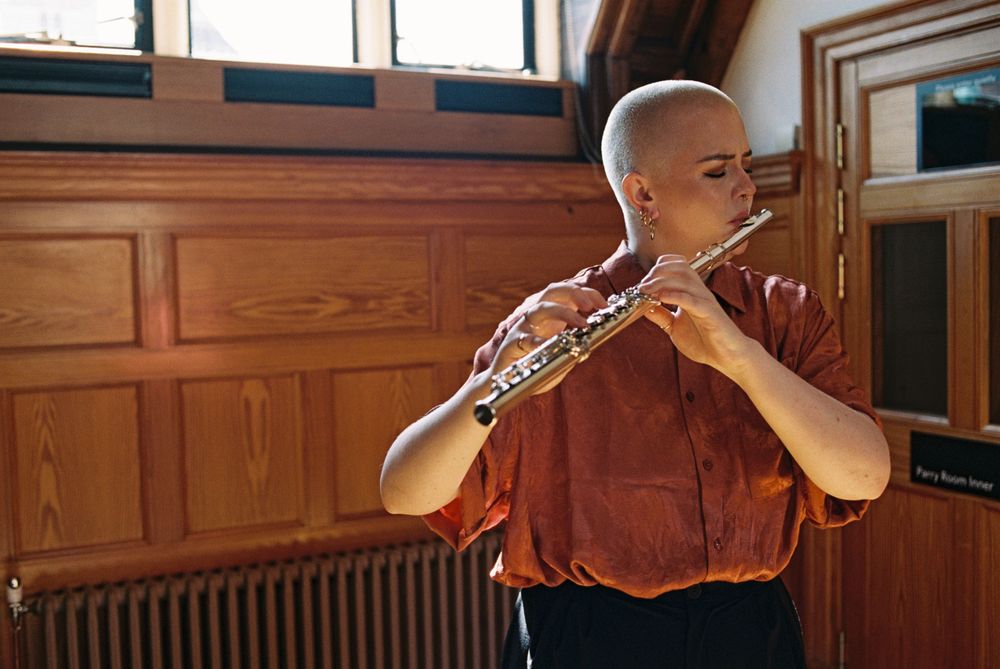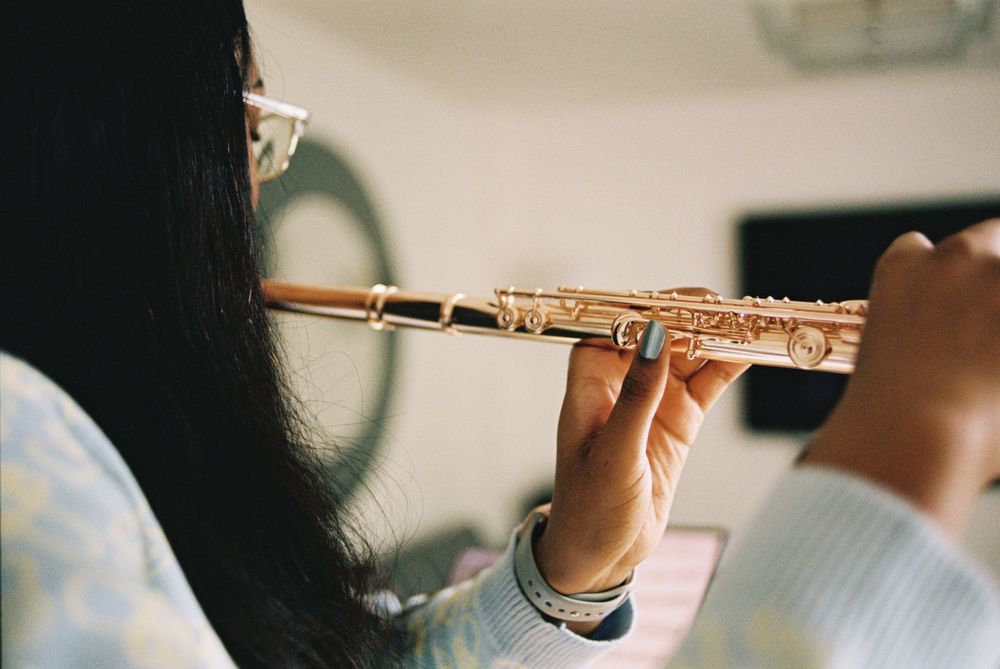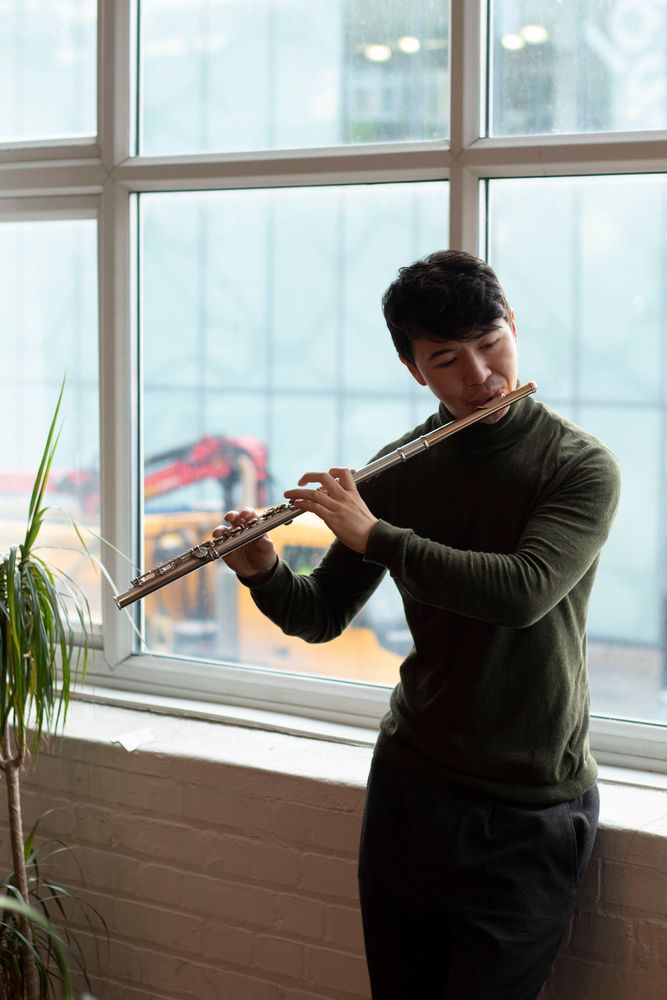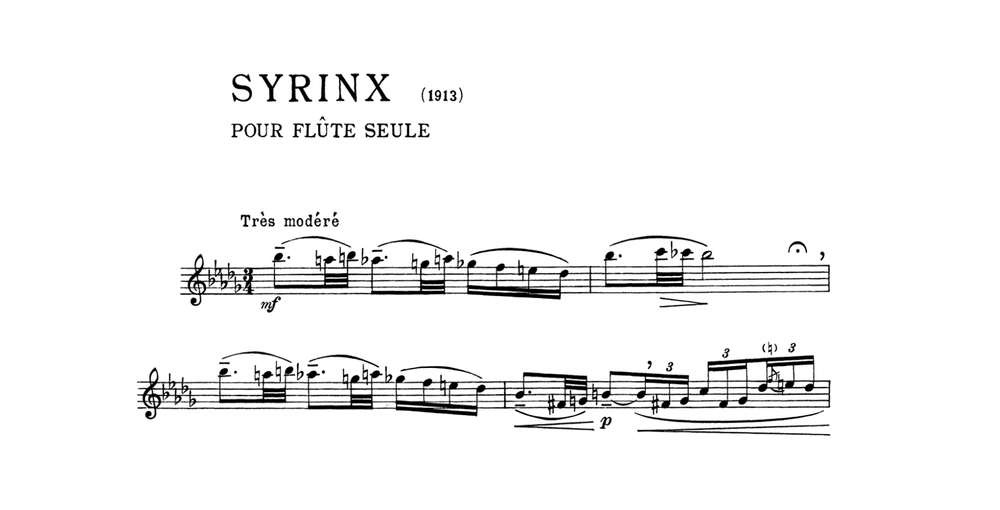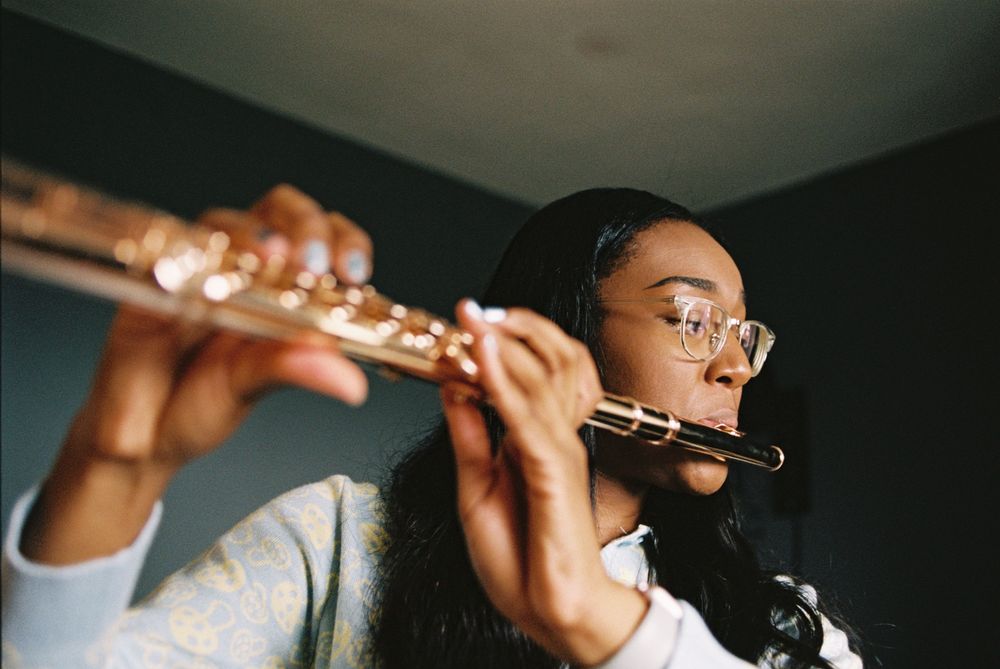The flute may not have inspired quite as much core repertoire as some other major instruments, but this lack of quantity shouldn’t be mistaken for a lack of quality. On the contrary, the flute has inspired some of the most original and dazzling music that’s ever been written. And this list, compiling ten of the finest compositions showcasing the instrument, proves that.
Spanning styles as well as centuries, all these works can be found in the nkoda library. So whether you’re a thrill-seeking flautist or a curious lover of flute music, you can dive even deeper into the works by checking out flute sheet music itself.
Best and most famous flute songs of all time
- Flute Sonata by Francis Poulenc
- Primavera by Thea Musgrave
- Chant de Linos by André Jolivet
- Suite in B minor by Johann Sebastian Bach
- Several Concertos by Judith Weir
- Syrinx by Claude Debussy
- Undine Sonata by Carl Reinecke
- Lila by Dai Fujikura
- Flute Concerto No. 1 by Wolfgang Amadeus Mozart
- Entr’acte from Carmen by Georges Bizet



